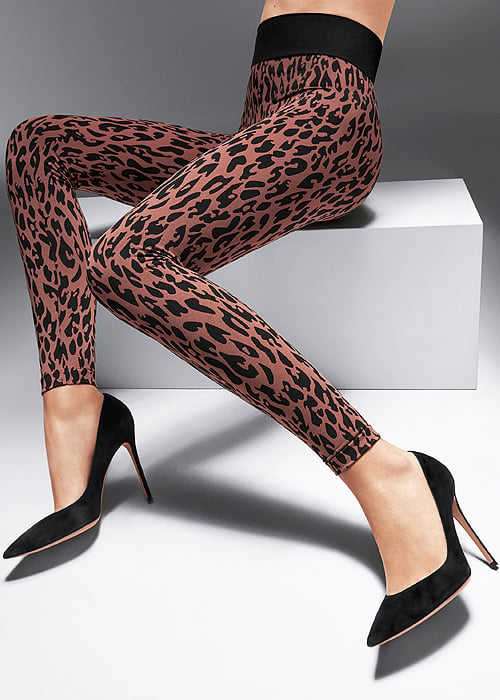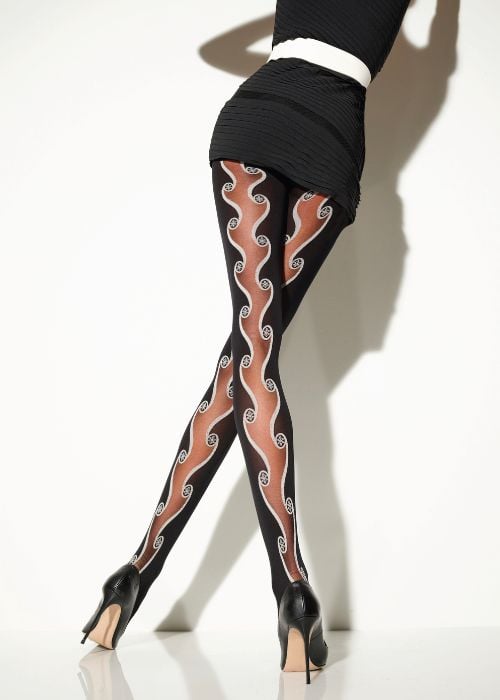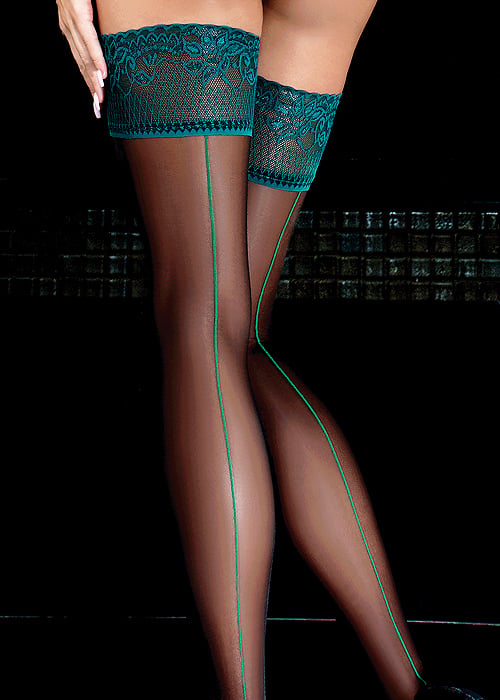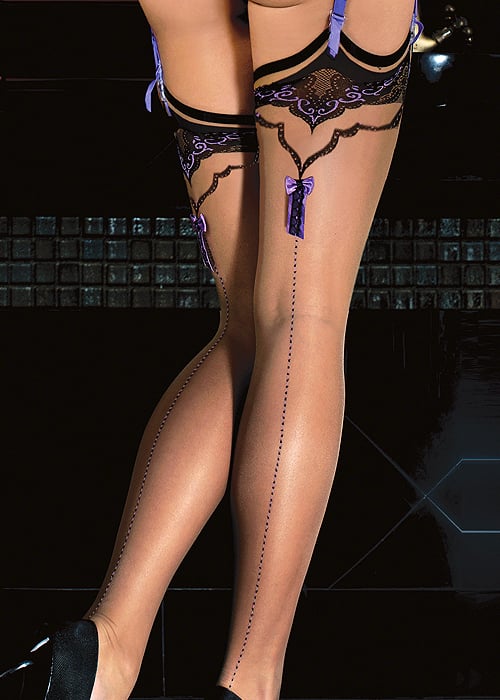How Tights Are Made
Making a pair of tights look like a pretty complex process and some parts and stages certainly are. But it only takes a few minutes to make a pair of tights from start to finish. Here's how.
A circular threading machine is used to created the main body, or leg of course, of the tights. A number of threads, somewhere between five and eight threads, are positioned in a circle and pulled together through a central chamber. These threads are as fine as human hair and are usually made of Nylon or Spandex seen in Spanx tights. Other materials such as silk and cotton are used for tights, but circular knitting is very fast and can often damage or break natural fibres, so hard wearing fibres are often used instead. These machines make a tubular sleeve of material for your legs in around ninety seconds. Many large factories have upwards of five or six hundred machines at work at any one time.
Once the tube of material is finished, it is sucked out of the machine by a vacuum hose and deposited in a bag or box for inspection and will then be taken on to the next stage of production.
Two legs are them positioned on a leg mould to join them together. The machine presses them together and makes a small cut at the top of the pair. As the machine revolves, the cut is enlarged so that it can be resown later. This is what makes the distinctive seam down the middle of a pair of tights.
Another machine then sows the manufacturer's label on the waist line. A label is normally sown on every 10 seconds, making for 4800 in 8 hours. [1]
Next the gusset is made. To add a gusset, the newly sewn garment must be re-cut at in the crotch of the tights. To make the next part easier, the tights are vacuumed once again onto another mould and end up being inside out. This means the stitching ends up on the inside of the tights and no lines or seams are visible. If this stage is reversed, the result would be like wearing a t-shirt inside out, with various seams on the outside showing on the outside of the item.
At this time, the tubes that will become legs are not finished and are still open at the bottom and need to be sewn at the toes. The toes are sewn straight across and a cutting machine then trims off any excess fabric. Of course, this fabric is then collected and recycled for use in other tights. This process takes 10 seconds from beginning to end.
A third suction tube turns the tights outside in so they are facing the right way for the next stage. At this point, the gusset is not finished and all the tights are deposited in a bag or box and wheeled to a different machine.
Here is where a human operator installs the gusset with the aid of a new piece of machinery. The open gusset area of the garment is folded over a circular mould. All this time, a smaller robot has been cutting cloth into the shape needed for the gusset. These pre-cut discs are slipped underneath the circle mould and press up to the tights and held in place. A small mechanical arm stitches the gusset in place and perfectly aligns it to the opening. the excess is trimmed off and goes back to the very beginning of the process to be reused.
All that is left is the dye process. The items are placed in a large drum, like a washing machine. The machine has four of these drum compartments and a 45kg capacity by industry standards. [1] The washing machine uses detergents to clean the items and then the drum is flooded with dye. Temperatures can reach 93 degrees celsius in teh drums and the process is continued for 5 minutes. [1] Afterwards, the items are softened wwith fabric softener. The whole process takes 2 1/2 hours with the majority of the time spent on soaking the garments in dye.
They are then stretched onto a leg mould that stretches them to their maximum capacity. This means weak threads immediately break and can be recycled and also allows an inspector to carefully examine the garment. If all is well, the item is moved along to a pressing machine and steamed.
The steaming process is very quick. It is steamed with water vapour for only 2 1/2 seconds and then is dried in 7 1/2 seconds at 140. [1]
Factories using this modern method means 420 pairs of tights can be packed each hour and 180,000 pairs each day.
The whole process sounds even more complex once it's laid out, but if you watch the process on film or in person, you'll be able to spot these different stages yourself and the whole thing will soon start to make sense.
Watch the video on this page to see it up close. Video and sources from the Discovery Channel's documentary How It's Made.
[1] How It's Made - Discovery Channel






